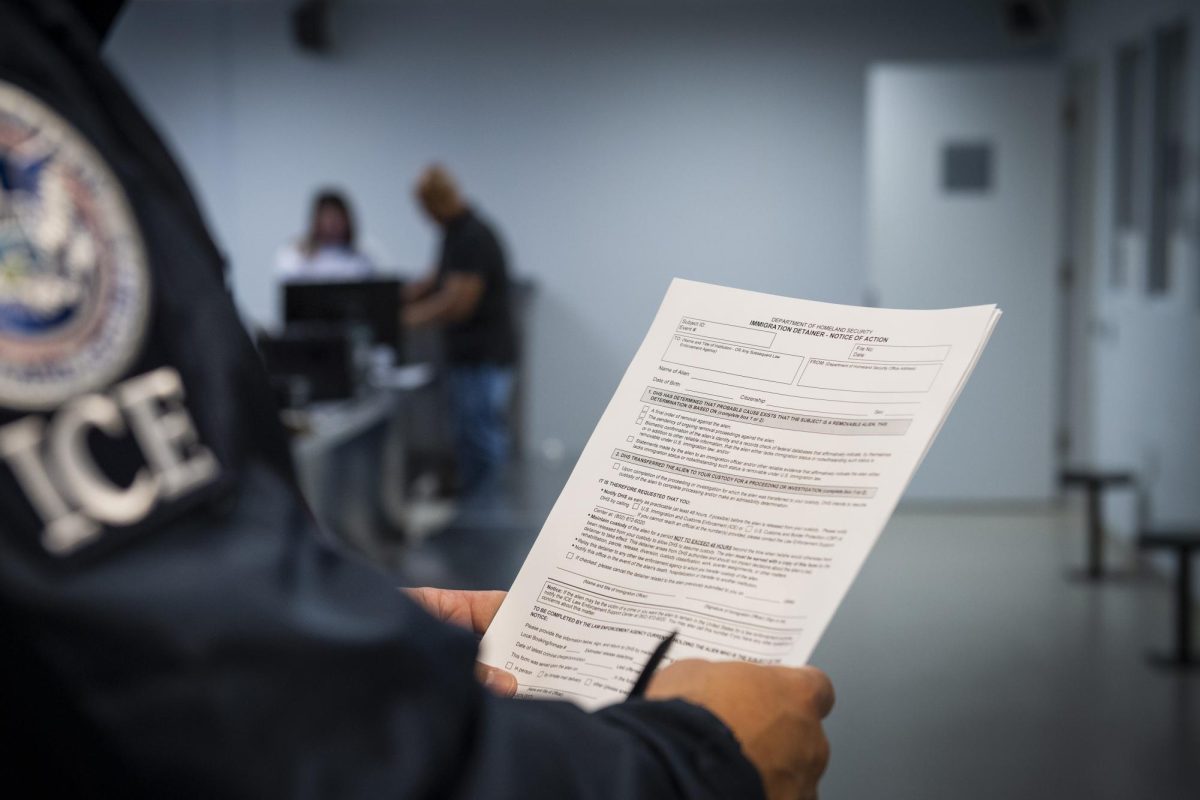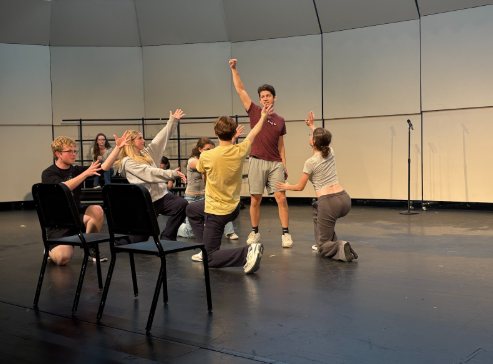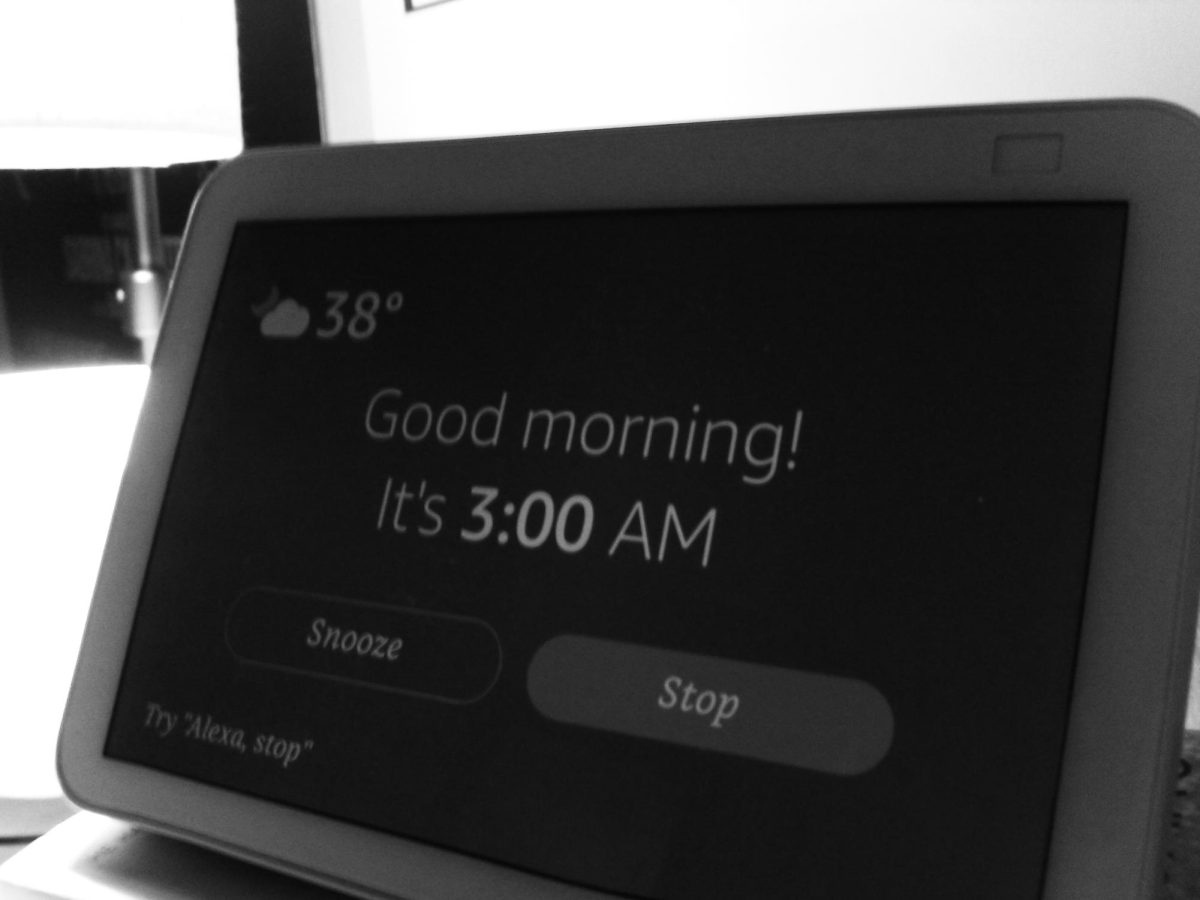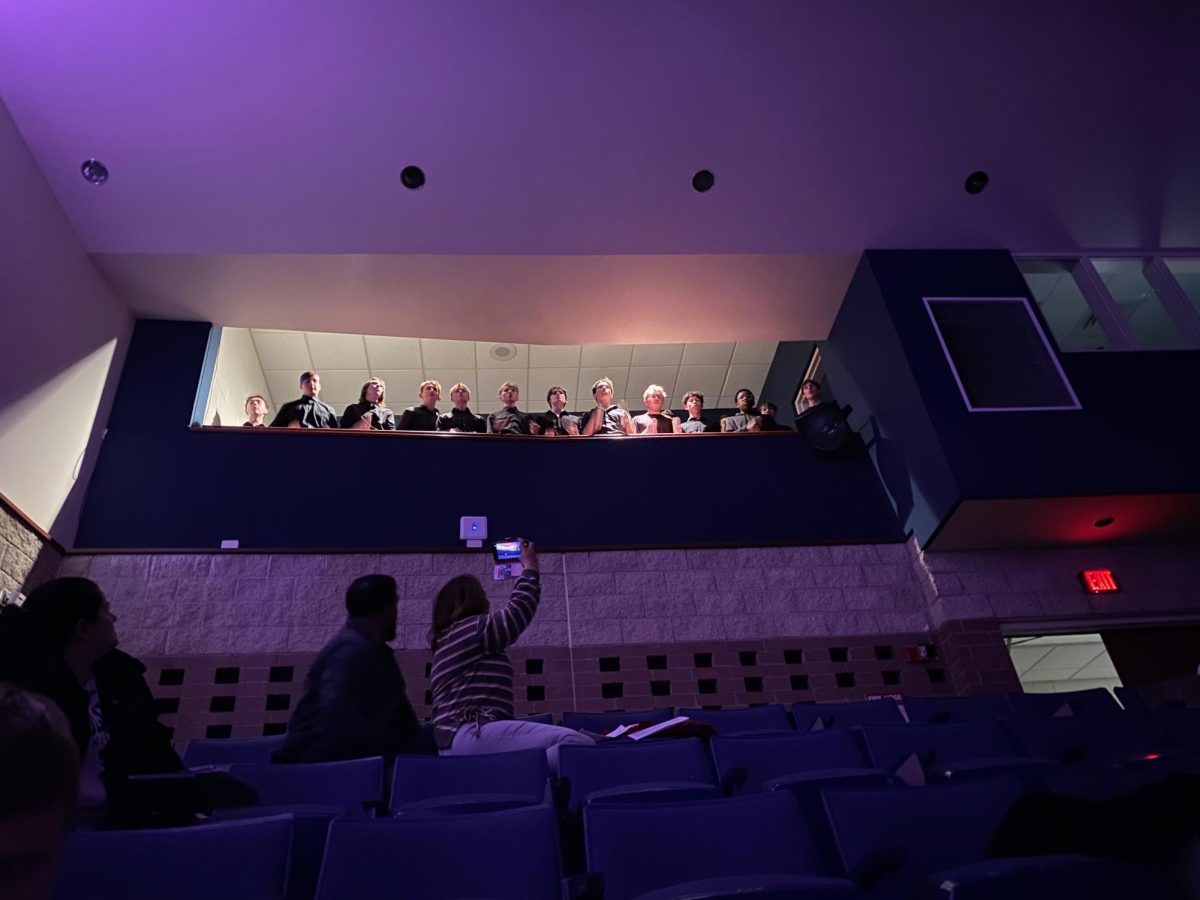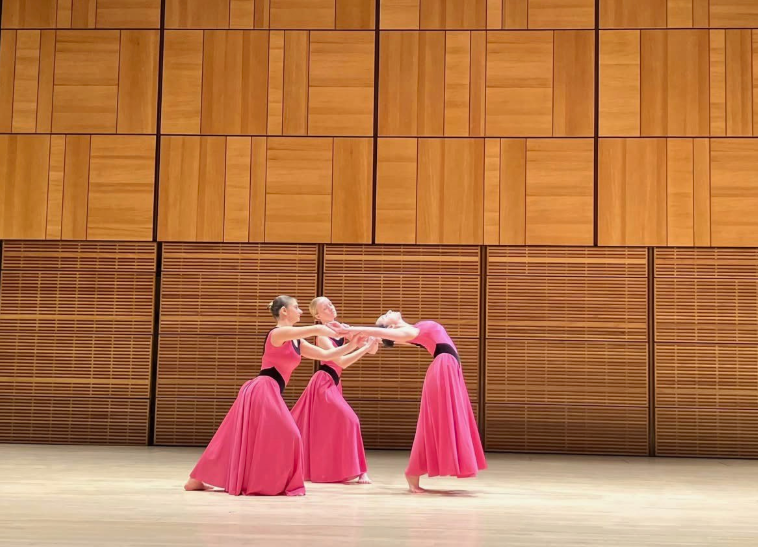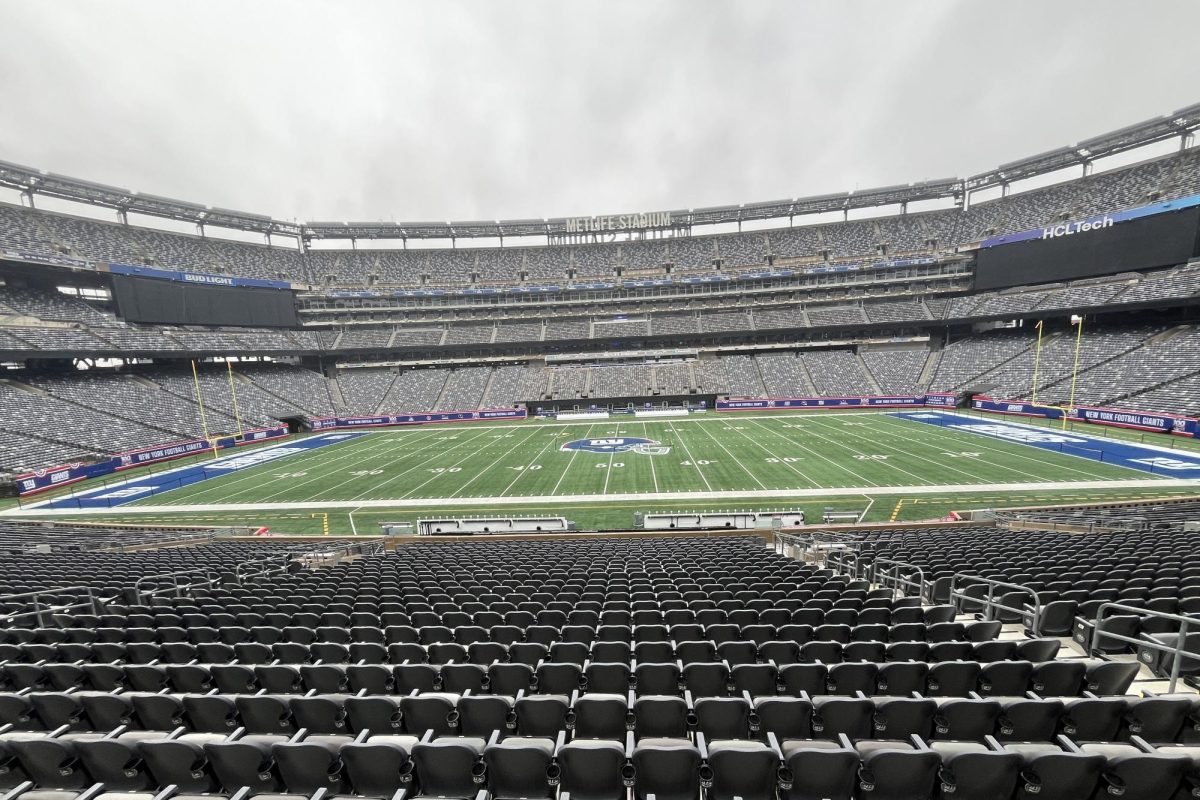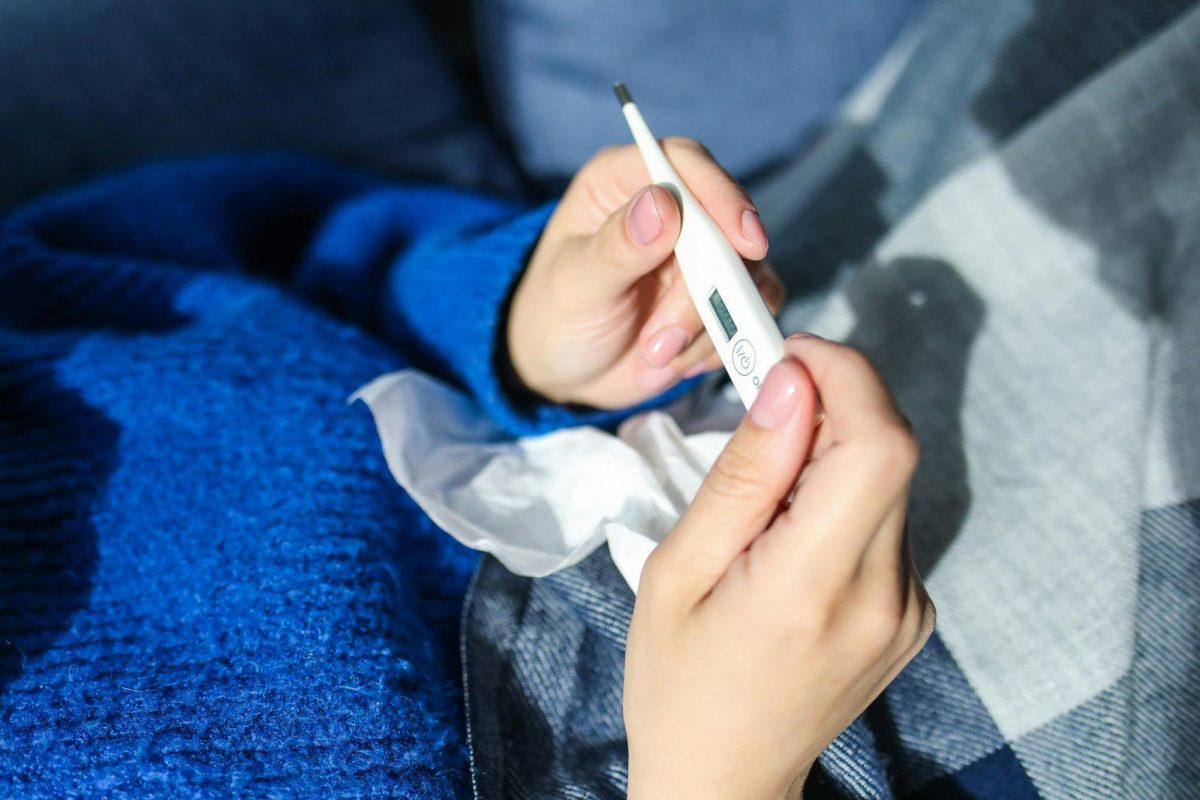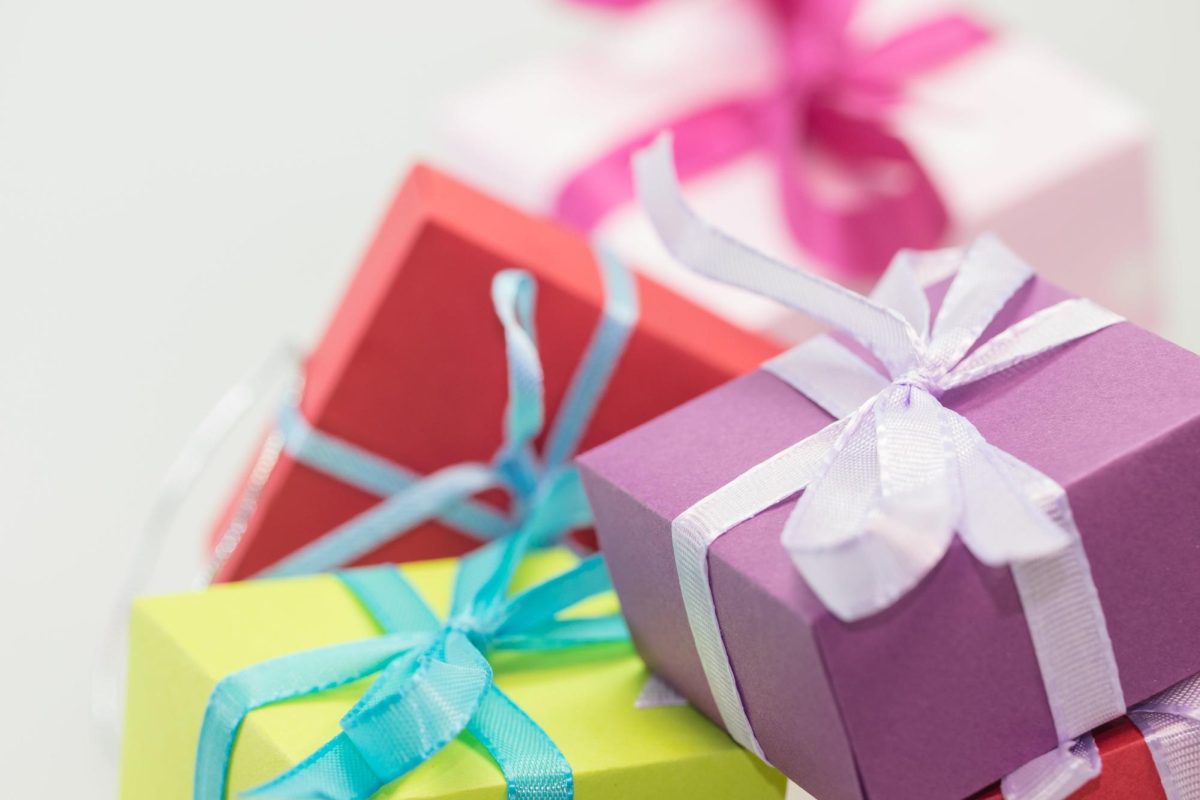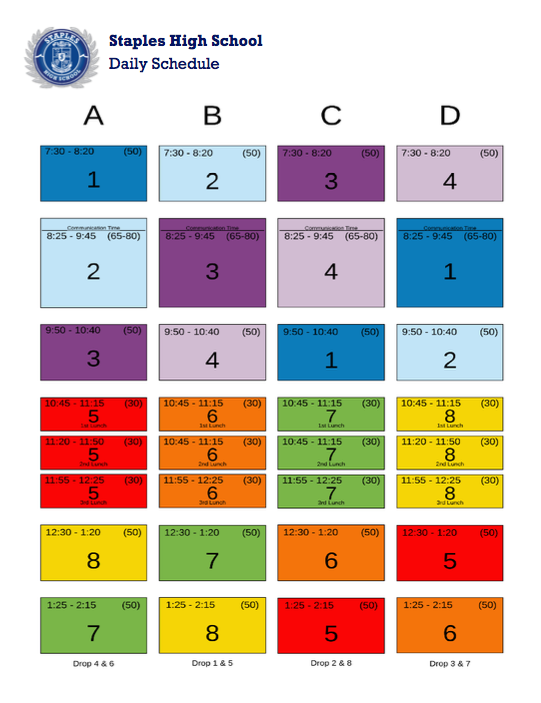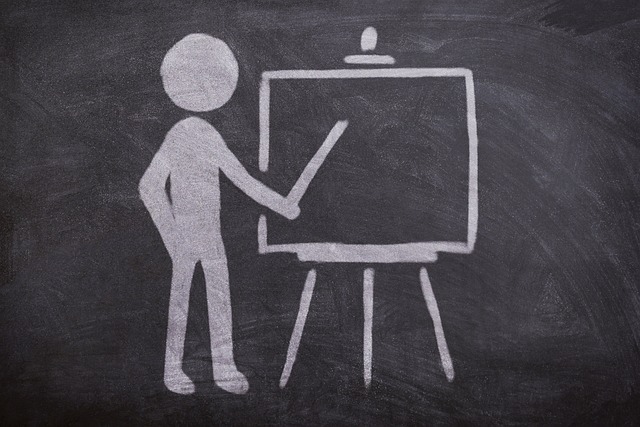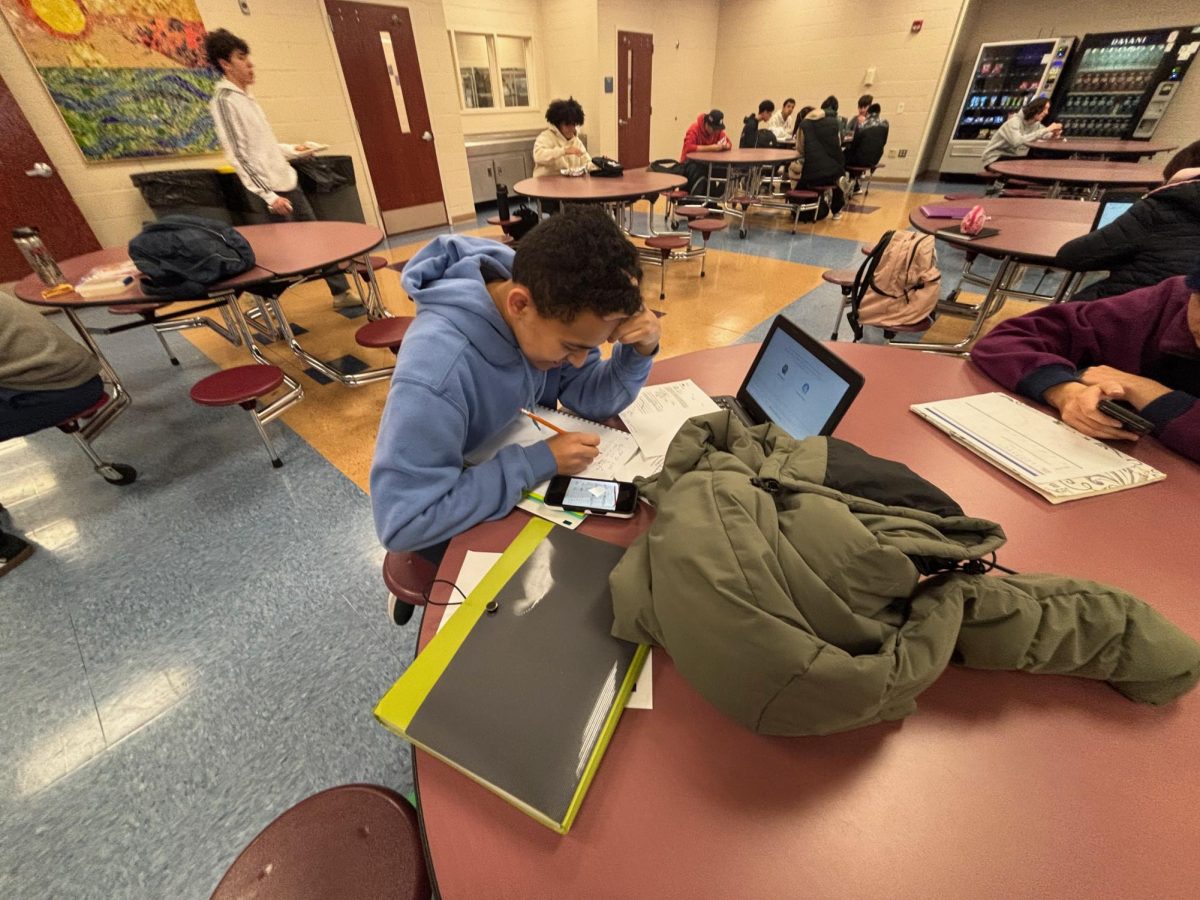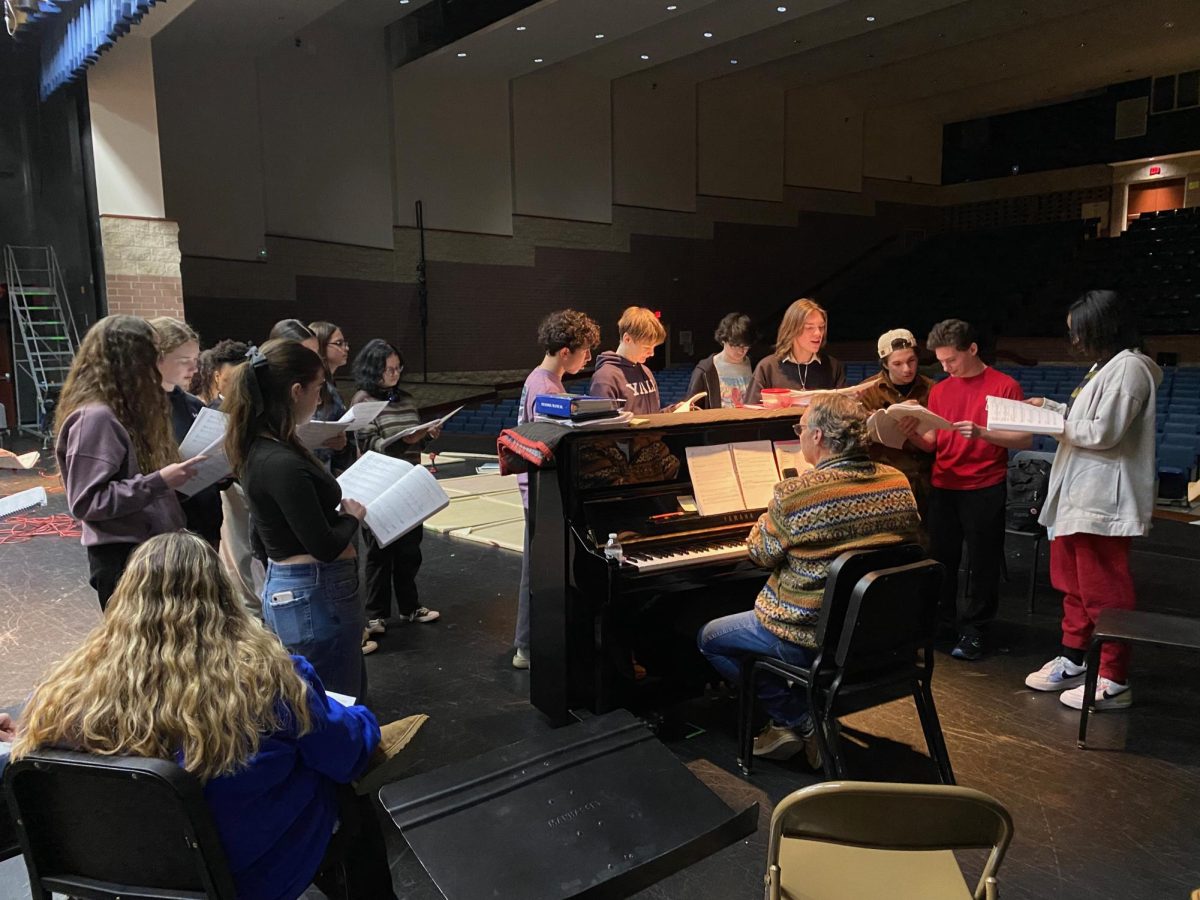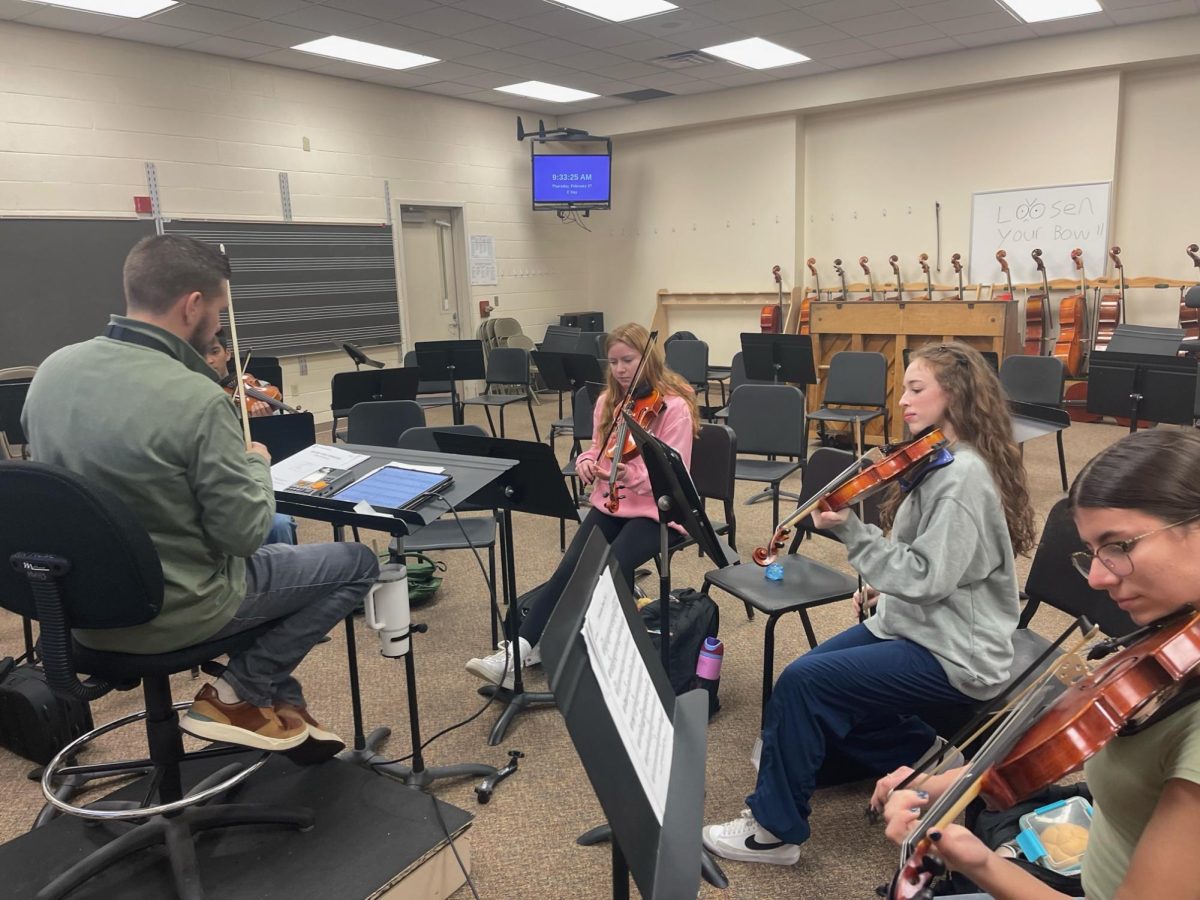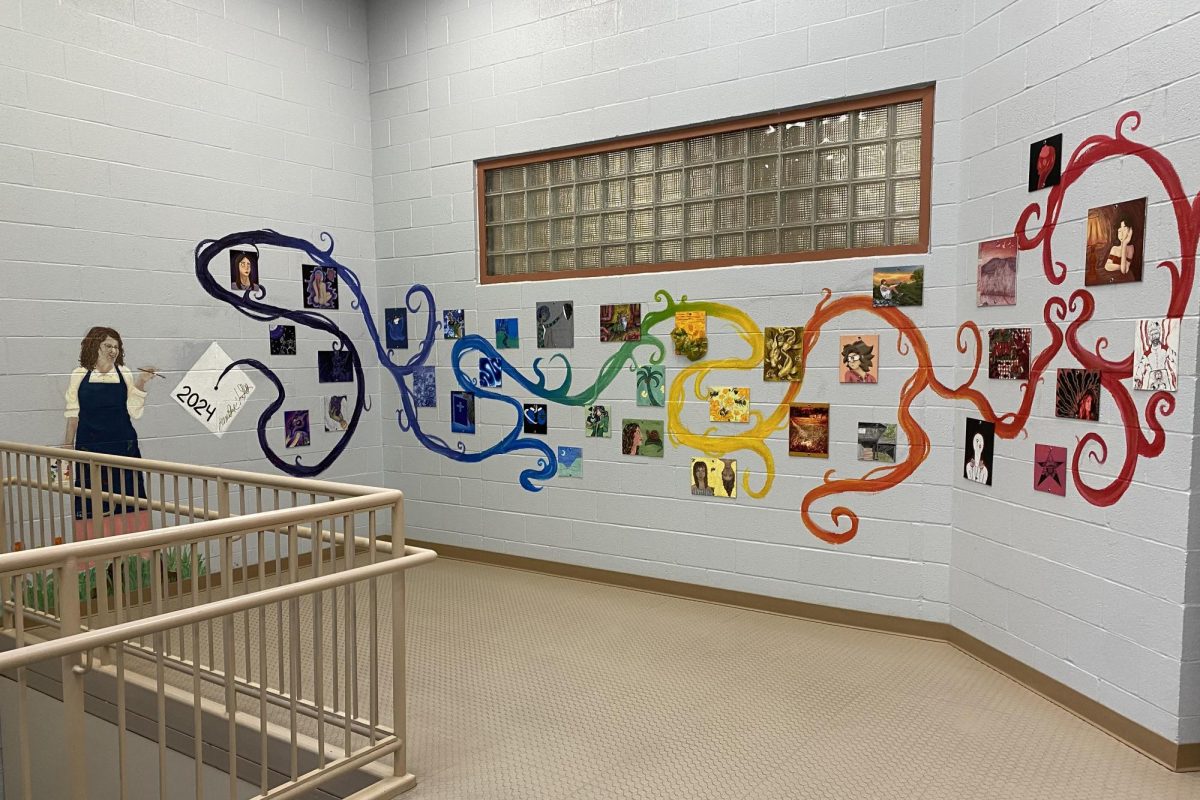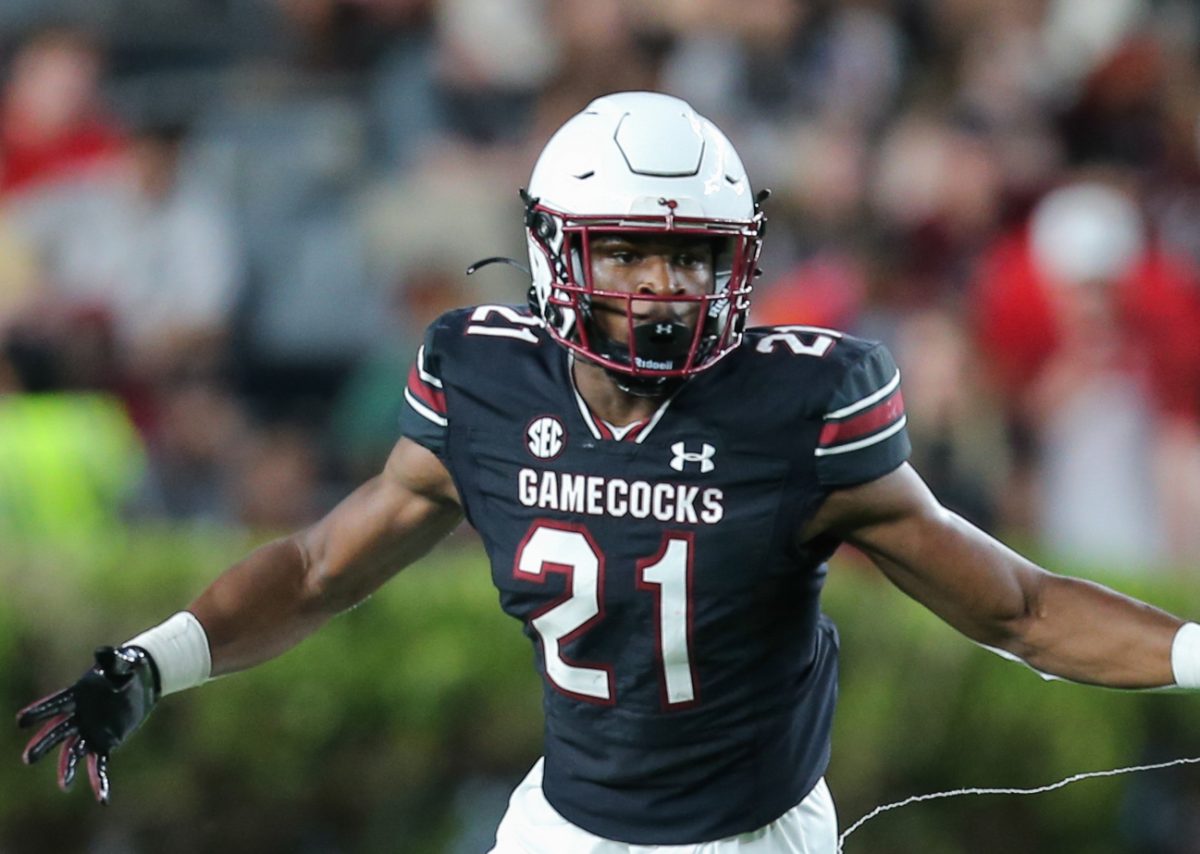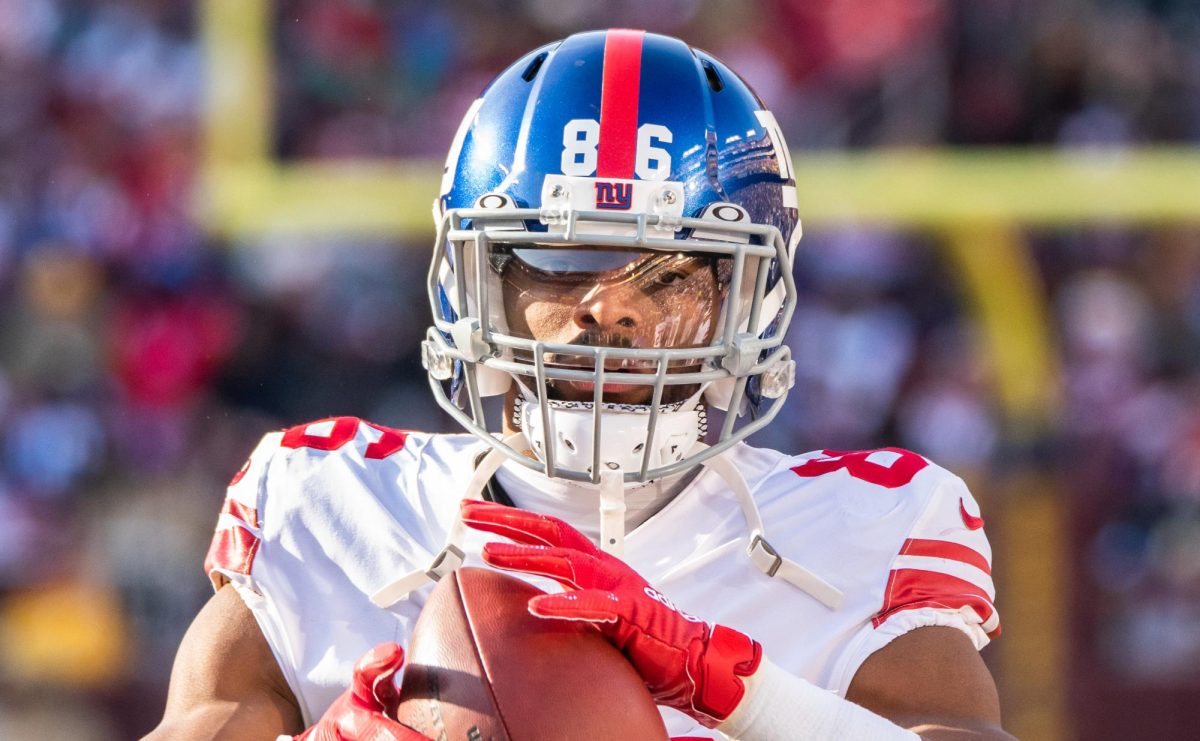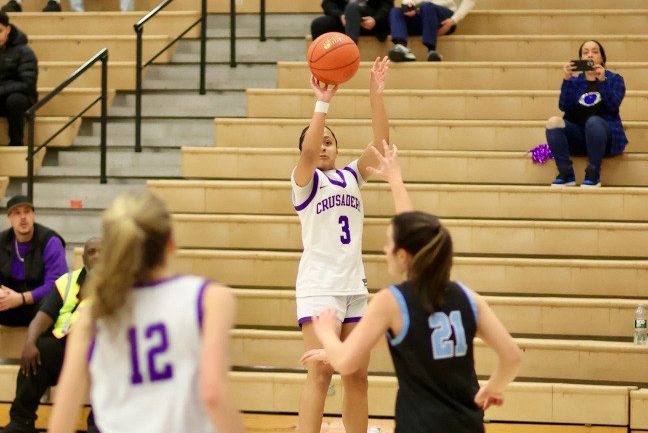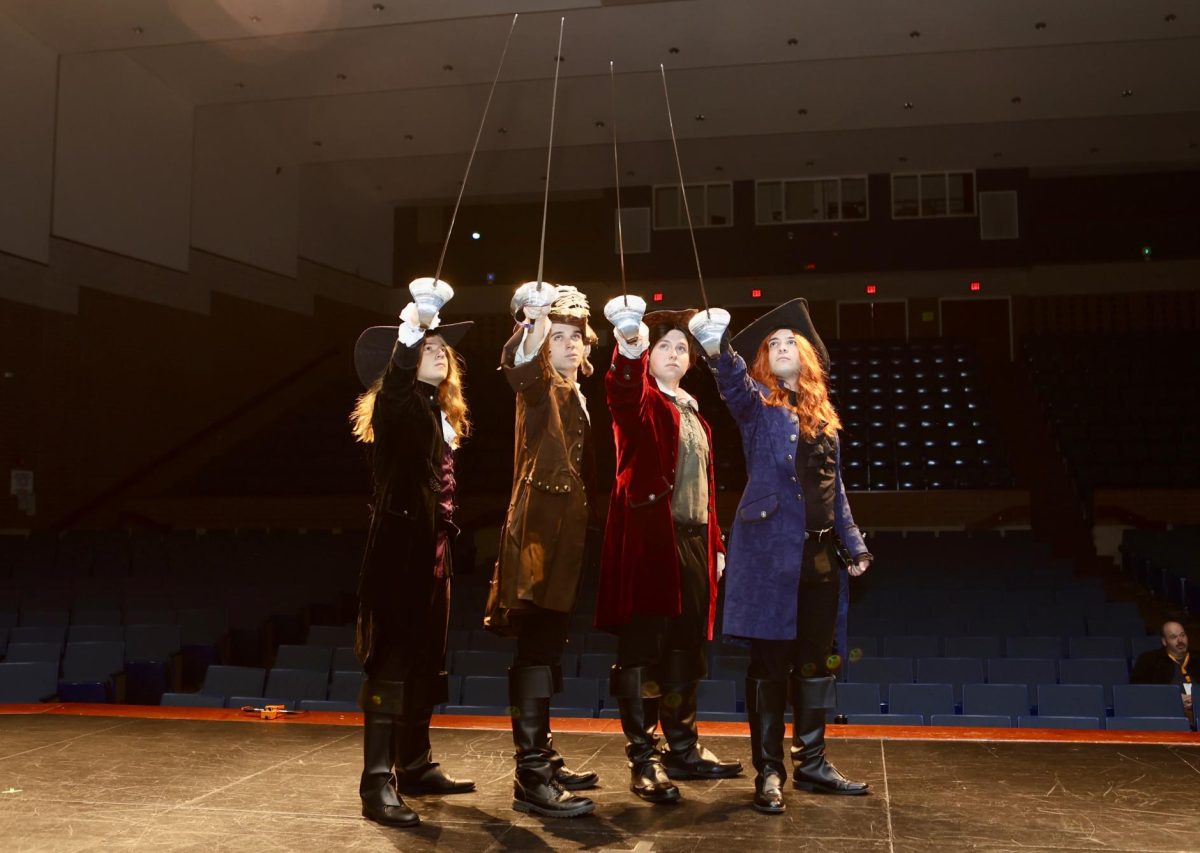In a 5-4 Decision, Supreme Court Rules Against Governor Cuomo’s COVID-19 Restrictions
December 21, 2020
In a recent Supreme Court ruling, the Court stood by religious organizations and struck down an order by Governor Andrew Cuomo. The order limited the size of people attending religious gatherings in certain areas of New York where COVID-19 infection rates were climbing.
The decision came late November 25, the night before Thanksgiving, and is the first one in which recently appointed Supreme Court Justice Amy Coney Barrett has played a critical part. The ruling was 5-4, with Barrett siding with conservatives, and the three liberal justices and Chief Justice John Roberts disagreeing with the majority decision.
The purpose of Governor Cuomo’s order was to determine where clusters of COVID-19 cases are, and then take actions in the sections where those clusters are to prevent the coronavirus from spreading further.
If a cluster is established, the area directly around it would be considered a “red” zone. In the red zone, worship services would have a capacity limit of 10 people. In the area right around the red zone, the “orange” zone, the capacity limit would be 25 people.
The Roman Catholic Diocese of Brooklyn applied for injunctive relief from the Court. This application and the Agudath Israel of America presented the same issue, to seek relief from Andrew Cuomo’s executive order.
According to the Supreme Court, the applications contended that the restrictions violated the Free Exercise Clause of the First Amendment. Agudath Israel argued that Governor Cuomo, “Specifically targeted the Orthodox Jewish community and gerry-mandered the boundaries of red and orange zones to ensure that heavily Orthodox areas were included.”
Also according to the ruling, while in a red zone synagogues or churches can not admit more than 10 people, businesses like acupuncture facilities, campgrounds, and other “essential” businesses like the ones just listed, were permitted to admit as many people as they would like.
The majority said that the regulations were “far more restrictive than any Covid-related regulations that have previously come before the court, much tighter than those adopted by many other jurisdictions hard hit by the pandemic, and far more severe than has been shown to be required to prevent the spread of the virus” at the religious services in question.
Religious leaders praised the decision. Agudath Israel of America’s executive vice president Rabbi Chaim Dovid Zwiebel said the decision will, “ensure that religious practices and religious institutions will be protected from government edicts that do not treat religion with the respect demanded by the constitution” (New York Times).
In a statement made by the Roman Catholic Diocese of Brooklyn, Nicholas Dimarzio, Bishop of Brooklyn said, “I am gratified by the decision of the Justices of the United States Supreme Court, who have recognized the clear First Amendment violation and urgent need for relief in this case. I am proud to be leading the Diocese of Brooklyn and fighting for our sacred and constitutional right to worship.”
“I have said from the beginning the restrictions imposed by Governor Cuomo were an overreach that did not take into account the size of our churches or the safety protocols that have kept parishioners safe,” Bishop Dimarzio added.
“I fully respect religion and if there’s a time in life when we need it, the time is now. But, we want to make sure we keep people safe at the same time, and that’s the balance we’re trying to hit.” Andrew Cuomo, a Catholic, stated to reporters.
Others disagree with the Supreme Court’s vote.
“The freedom to worship is one of our most cherished fundamental rights, but it does not include a license to harm others or endanger public health,” said Daniel Mach, director of the ACLU Program of Freedom of Religion and Belief.
Donna Lieberman, executive director of the New York Civil Liberties Union, commented, “New York’s temporary restrictions on indoor gatherings do not discriminate against houses of worship, and, in fact, treat them better than comparable non-religious gatherings. The Supreme Court’s decision will unfortunately undermine New York’s efforts to curb the pandemic.”
The Supreme Court had previously ruled 5-4 against religious challengers in similar cases in California and Nevada earlier in 2020, back when Justice Ruth Bader Ginsburg was still serving. For example, the Supreme Court had rejected a California church’s request to prevent limitations on in-person services, and another 5-4 decision was made to deny a Nevada church’s request to block a 50-person cap on worship services.
“You have a different court, and I think that was the statement that the court was making,” said Cuomo, according to the New York Times. “We know who he appointed to the court. We know their ideology.”
In a social media poll in which 131 Monroe-Woodbury students participated, only 37 percent of students agreed with the Supreme Court’s decision, saying that Governor Cuomo’s restrictions were extreme and violated the free exercise of religion. The other 63 percent disagreed and said “extreme” measures like this one are needed to stop the spread of COVID-19.
The second wave of coronavirus has already arrived in New York. According to the New York Times, as of November 26th, New York has almost 7,000 new COVID-19 cases. On Thanksgiving, the state tallied 67 deaths, the highest daily toll since mid-June.

